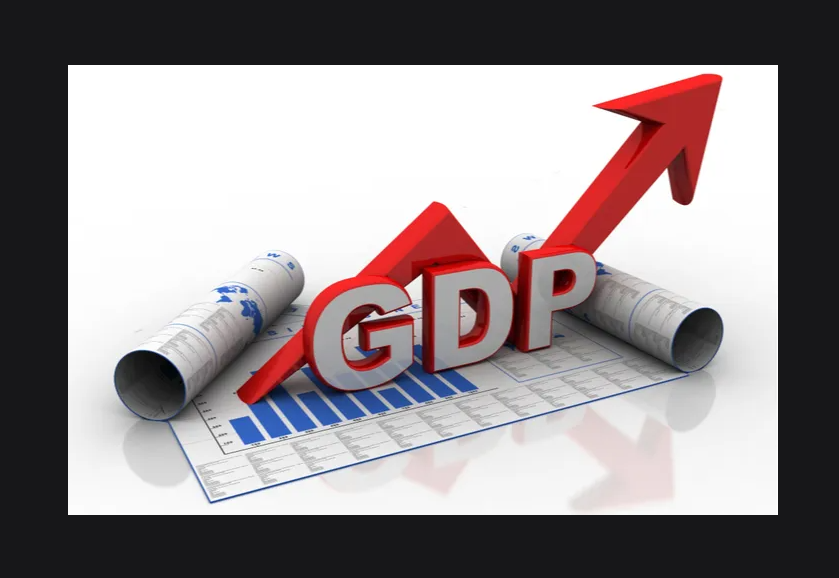Bolstering the gung-ho sentiments further, the 1st advance estimate (AE) of GDP for FY24 indicates GDP growth at 7.3% as compared to 7.2% in FY23. The GVA growth estimate is 6.9%. SBI GDP projections at 7.2% is the closest to CSO estimate.
Nominal GDP growth is estimated to have increased by 8.9% in FY24 vis-à-vis 16.1% in FY23. NSO’s estimated GDP growth of 7.3% in FY24 is 30 bps higher than the RBI’s estimates. NSO expect 7.0% GDP growth for H2 FY24, which seems quite reasonable by the tone and tenor of things unfolding each day. If we look at the RBI estimates of GDP numbers, except for FY23 and FY24, it is always higher than the NSO estimates.
Accordingly, the per capita real GDP is expected to increase by 6.4% in FY24. Interestingly, during the pre pandemic years, the real per capita GDP growth was averaging 5.3%. Additionally, per capita PFCE in real terms will expand by 3.5% in FY24. The post pandemic average of per capita PFCE however is at 6.7%, against 5.5% in pre pandemic era.
Agriculture and Allied Activities are likely to decelerate to 1.8% in FY24 as against previous year growth of 4.0% while Industry appears to have recovered completely from the pandemic scars and is expected to grow by 7.9% in FY24 as compared to expansion of 4.4% growth in FY23.
However, Service sector is likely to grow by 7.7% in FY24, compared to a growth of 9.5% in FY23. The deceleration expected in services growth is primarily due to the lower growth in the ‘Trade, Hotels, Transport, communication & broadcasting’, which is expected to grow by merely 6.3% as compared to a staggering 14.0% in FY23. One of the possible reasons for this slower growth may be base effect.
The sub-segment ‘Financial, Real Estate & Professional Services’ growth is expected to increase by 8.9% in FY24, as compared to growth of 7.0% in FY23. The Public Administration sub segment is also likely to increase by 7.7%, compared to last year growth of 7.2%.
The expenditure side trends are largely dictated by the trends in the nominal GVA which has slowed down quite sharply. The nominal GVA registered a growth of 8%, a decline by 7.4% from the previous year. The sluggishness in GVA directly impacts demand. Consequently, the private consumption therefore is expected to slow down.
The real private consumption growth is estimated at 4.4% in FY24 down from 7.5% in FY23. The GFCF remains the only stable head under expenditures which is estimated to growth at 10.3%. On the external side, the export growth has slowed considerably in line with slowdown in principal exports markets. The exports are estimated to grow at 1.4%, down from 13.6% in FY23.
Fiscal deficit at the end of Nov’23 stood at Rs 9.06 lakh crore or 50.7% of BE. However, taking into account the revised GDP figures of today, if tax receipts grew by the BE, then Government may have to curtail spending by Rs 37,178 crore without changing the FD target of 5.9% of the GDP in FY24. For FY25, strong economy and buoyant tax revenues will let the government reduce fiscal deficit by 40-50 bps from the current fiscal to 5.4-5.5% of GDP.

Dr. Soumya Kanti Ghosh,
Group Chief Economic Adviser, State Bank of India





